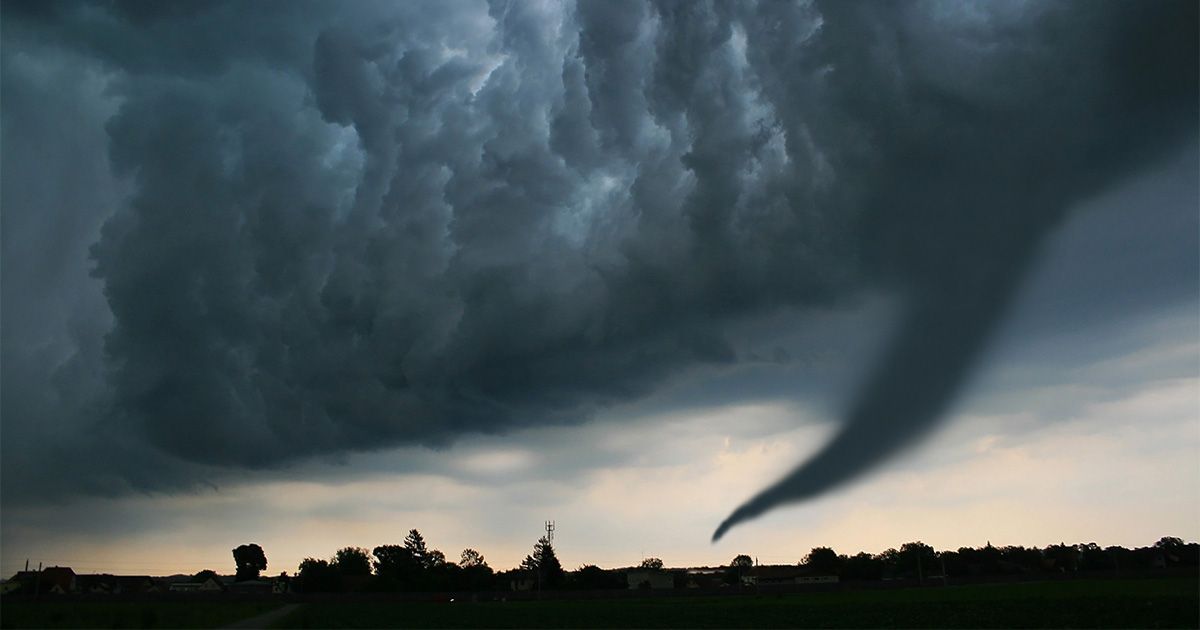Spying on a Storm’s Infrasonic Signals to Improve Tornado Warnings

Computers compare the signals recorded at each microphone, and perform filtering and signal processing to further minimize noise. If all three signals look alike, that rules out wind, Elbing says, because the noise from wind would be not coherent. By analyzing those signals, the researchers can then create a simple computer model of the fluid mechanism that produces the infrasound waves.
Their system had its first success last May, when a tornado hit Perkins, Oklahoma, which is about 20 kilometers from the university. Ten minutes before the tornado hit, the array picked up extremely strong signals. Based on the frequency, the researchers predicted a tornado size of 46 meters.
That was precisely the official width of the twister’s destruction path. They are presenting their results today at the Acoustical Society of America meeting in Minneapolis.
Source: ieee.org